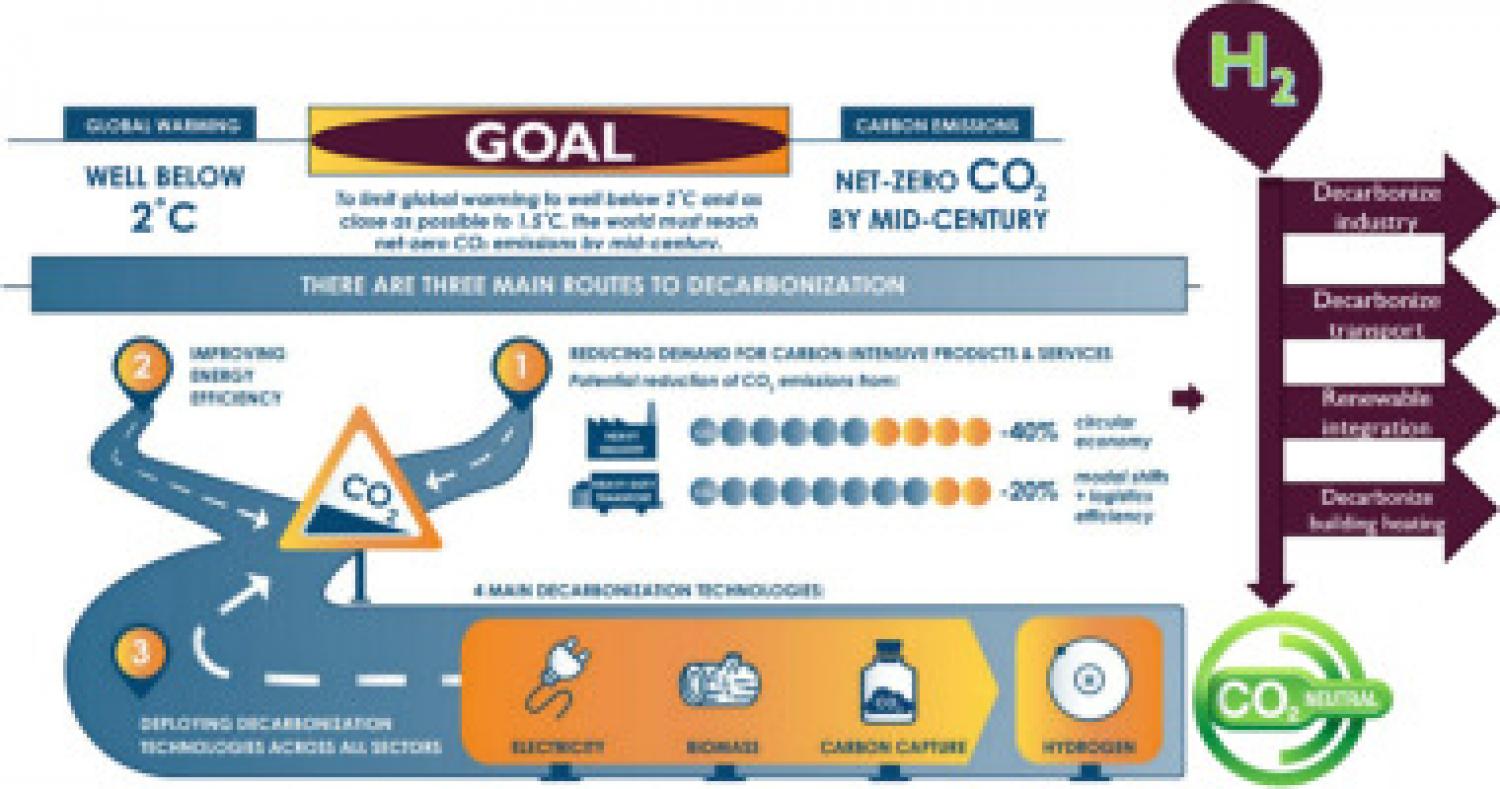
Hydrogen (H2) usage was 90 tnes (Mt) in 2020, almost entirely for industrial and refining uses and generated almost completely from fossil fuels, leading to nearly 900 Mt of carbon dioxide emissions. However, there has been significant growth of H2 in recent years. Electrolysers' total capacity, which are required to generate H2 from electricity, has multiplied in the past years, reaching more than 300 MW through 2021. Approximately 350 projects reportedly under construction could push total capacity to 54 GW by the year 2030. Some other 40 projects totalling output of more than 35 GW are in the planning phase. If each of these projects is completed, global H2 production from electrolysers could exceed 8 Mt by 2030. It's an opportunity to take advantage of H2S prospects to be a crucial component of a clean, safe, and cost-effective sustainable future. This paper assesses the situation regarding H2 at the moment and provides recommendations for its potential future advancement. The study reveals that clean H2 is experiencing significant, unparalleled commercial and political force, with the amount of laws and projects all over the globe growing quickly. The paper concludes that in order to make H2 more widely employed, it is crucial to significantly increase innovations and reduce costs. The practical and implementable suggestions provided to industries and governments will allow them to fully capitalise on this growing momentum.
